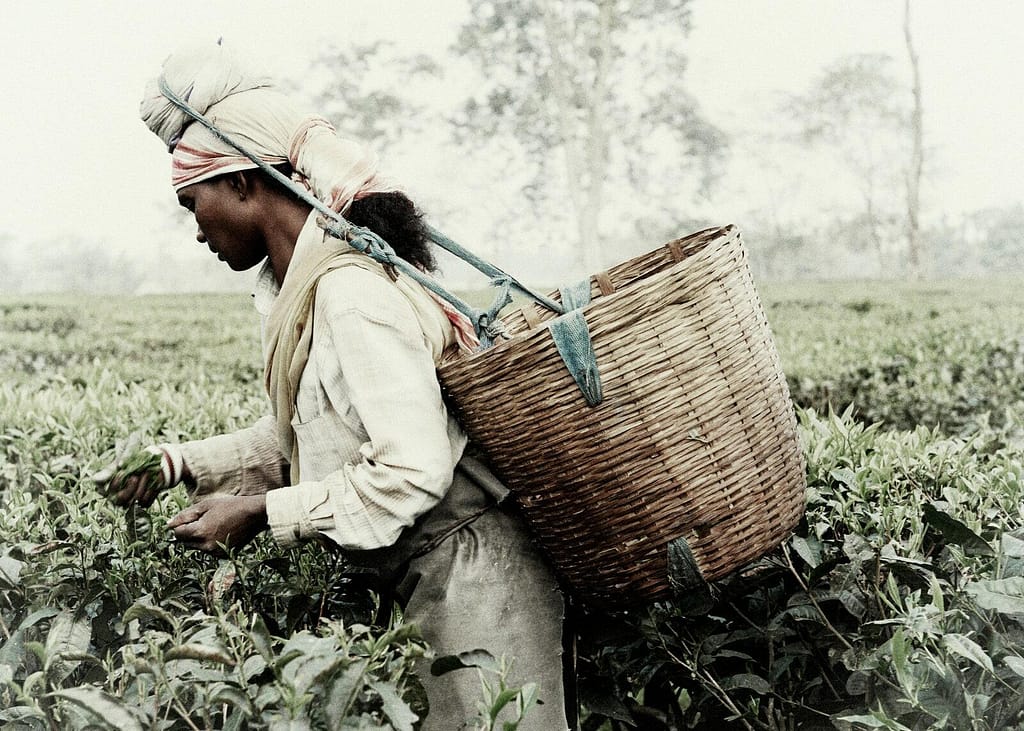[ad_1]
“You have to recognize the waters. Here, GPS and maps don’t work, as the islands appear and disappear and the depths keep changing,” says Bimal Mondol, the shipmaster who expertly steers our vessel, the ABN Charaidew II, across the Brahmaputra River in Assam, India. It’s early December, and we are ready to embark on ecotourism giant &Beyond’s return to cruising in India, designed in collaboration with local operator Assam Bengal Navigation. The careful itinerary reflects the partners’ shared values regarding land, community, and wildlife conservation.
As a weak sun breaks through the winter fog, we board the elegant 18-suite ship. Everything is a showcase of Assamese culture—the 19th-century rattan furniture, the handwoven fabrics, the local art hanging on the walls. There is a robust collection of books on Assam, as well as an onboard naturalist and historian who can fill in any gaps during our daily excursions.
Growing up in the neighboring state of West Bengal, I first learned of the Brahmaputra, a vast braided river that is the widest in India, from geography lessons. But Assam, like the other states of the northeast, remained largely unknown to me beyond the textbook lessons on its tea, oil fields, and silk production. For years, relentless conflict prevented much tourism to the region, so even for most Indians today, a visit is a chance to discover centuries of culture.
Our cruise takes us downstream past palaces, temples, and grand monuments built by the erstwhile Ahoms, the ruling dynasty of Assam until the 19th century. We watch the Mising community weave—the women spin brightly colored textiles on homemade looms and the men make cane baskets. We taste robust cups of Assam tea in colonial bungalows built by European traders.
On Majuli, the Brahmaputra’s largest settled island with a population of over 160,000, the river encroaches constantly on homes, rice fields, and village schools. For the Assamese Neo-Vaishnavites, a Hindu denomination devoted to Vishnu, the god of preservation, the island is a sacred cultural hub with 22 satras, or monasteries, that safeguard traditions of spirituality, art, and craft while serving as repositories for ancient artifacts. Yet these bastions face an existential threat as the island shrinks due to river erosion.
[ad_2]


